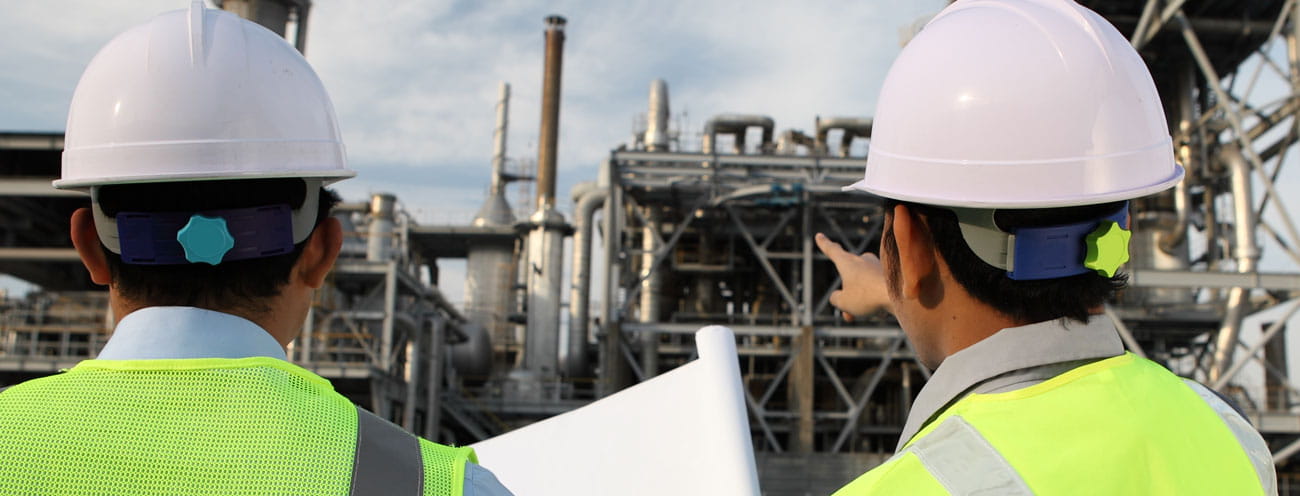In mid-2015 an already slow global titanium dioxide (TiO2) market showed signs of weakening further. An increase in global production capacity, combined with slack global demand, resulted in falling sales and lower prices.
The situation
In mid-2015 an already slow global titanium dioxide (TiO2) market showed signs of weakening further. An increase in global production capacity, combined with slack global demand, resulted in falling sales and lower prices. Leadership quickly realised they needed to radically address their cost structure to remain a viable and top performer among their peers in this new reality. As a recently aggregated vertical operation, they were also faced with the challenge of building a coherent business culture, organisation and operations.
Our client’s TiO2 division is a global leader in the production and marketing of titanium dioxide pigment, mineral sands and electrolytic products, with a customer base of 1,000-plus in over 90 countries. They are the world’s largest fully integrated producer of titanium ore and TiO2. Armed with enough titanium feedstock to meet all of their own TiO2 pigment capacity needs, they provide manufacturers with a reliable supply of high-quality TiO2 pigment to meet international demand for paints, coatings and plastics.
They also sell mineral sands products directly to customers. They are one of the largest titanium high-grade feedstock producers, with approximately 10 percent of the global titanium ore production, and the third-largest producer of zircon, with approximately 20 percent of global production.
Our approach
Based on Advisian’s performance in the client’s recently acquired Alkali Division, we were brought in to the TiO2 division to conduct a global scan of operating practices across their nine mining and production facilities located in the United States, Netherlands, South Africa and Australia.
Building on this engagement, Advisian was hired to conduct a global, rapid deployment with the goal of mobilising the organisation to achieve new cost mandates. It was also apparent that success could not be achieved without addressing the client’s complex and varied organisational structure.
Advisian was further engaged to design and implement a simplified and consistent organisational structure across their operations – and have it installed before the end of the year. Both of these support areas were key pillars in a comprehensive program with the stated goal of achieving an operation that is “…viable at all stages of the market cycle; maintaining 8% RONA at the bottom and providing best of breed returns at the top.”

